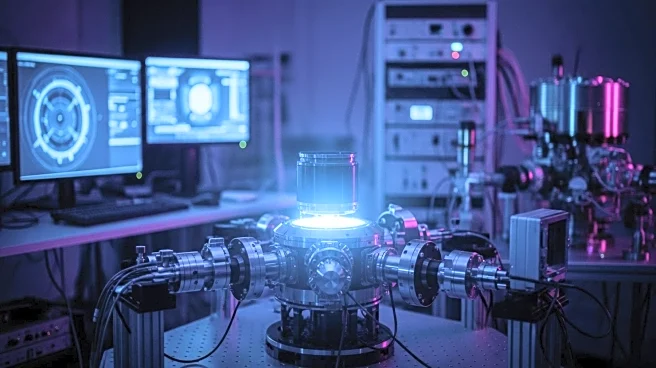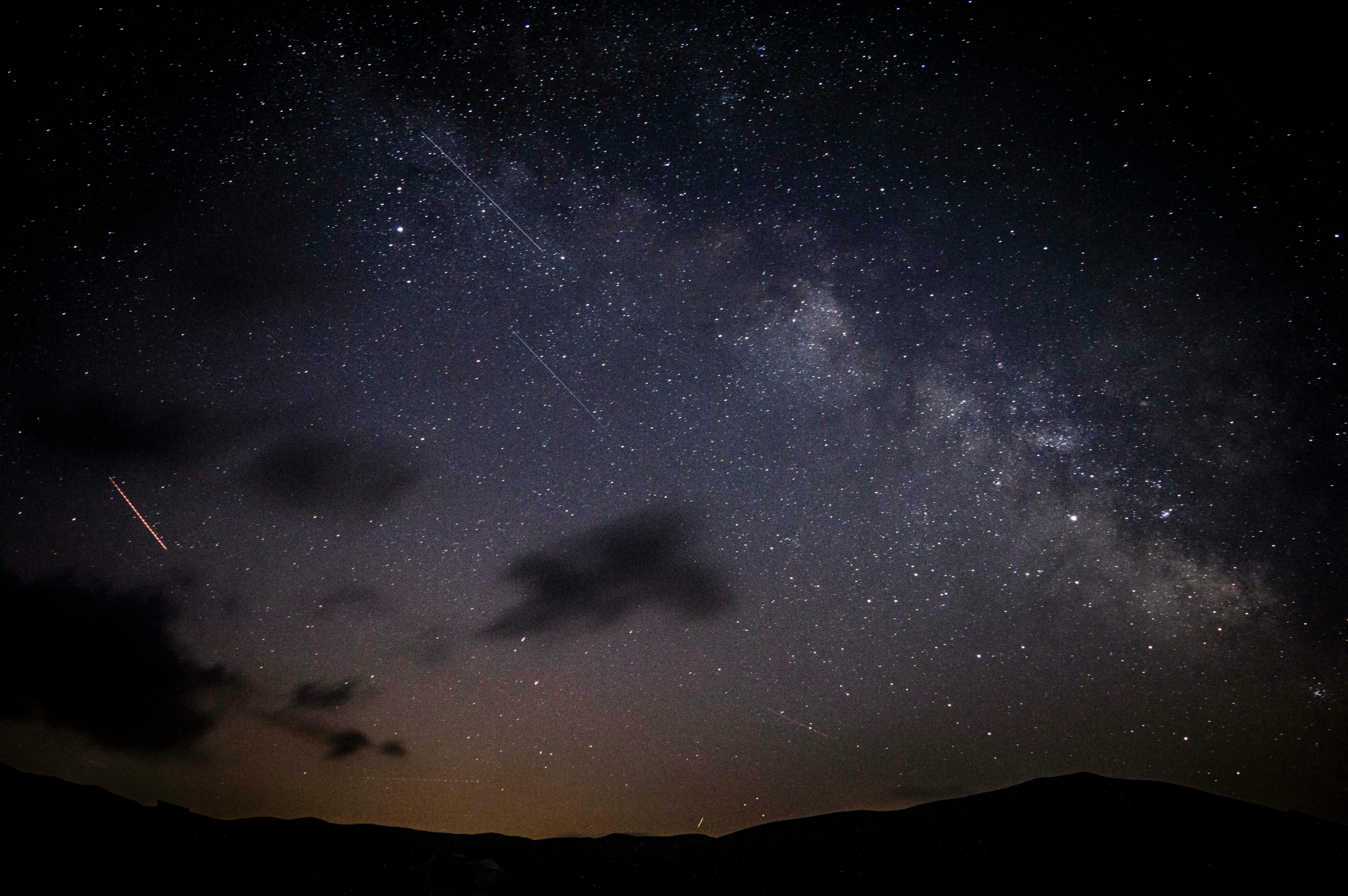What is the story about?
What's Happening?
The LUX-ZEPLIN (LZ) experiment, the world's most sensitive dark matter detector, has made significant progress in narrowing down the possibilities for dark matter candidates, specifically weakly interacting massive particles (WIMPs). Located nearly a mile underground at the Sanford Underground Research Facility in South Dakota, LZ has analyzed 280 days of data, setting new limits on WIMP interactions. The detector uses a core of liquid xenon to capture potential WIMP signals, surrounded by an outer detector to rule out false signals.
Why It's Important?
Dark matter remains one of the most elusive components of the universe, and understanding its nature is crucial for advancing our knowledge of cosmology and particle physics. The LZ experiment's findings help refine the search for dark matter by eliminating certain possibilities, allowing scientists to focus on more promising theories. This research could lead to breakthroughs in understanding the fundamental structure of the universe and the forces that govern it.
What's Next?
The LZ collaboration plans to continue data collection until 2028, aiming for a total of 1,000 days of data. Future efforts will focus on refining detection techniques and potentially upgrading the detector to improve sensitivity. The collaboration is also considering the development of a next-generation dark matter detector, XLZD, to further explore the properties of dark matter.
Beyond the Headlines
The search for dark matter is not only a scientific endeavor but also a testament to international collaboration and technological innovation. The LZ experiment involves scientists from multiple countries and institutions, highlighting the global effort to solve one of the universe's greatest mysteries. The techniques developed for dark matter detection could also have applications in other areas of physics and technology.
AI Generated Content
Do you find this article useful?


















